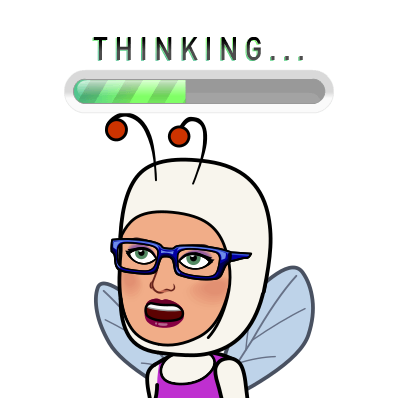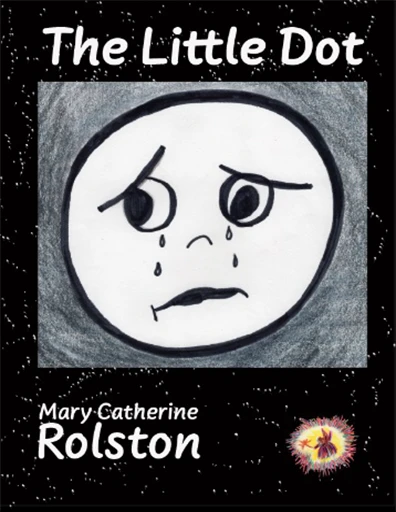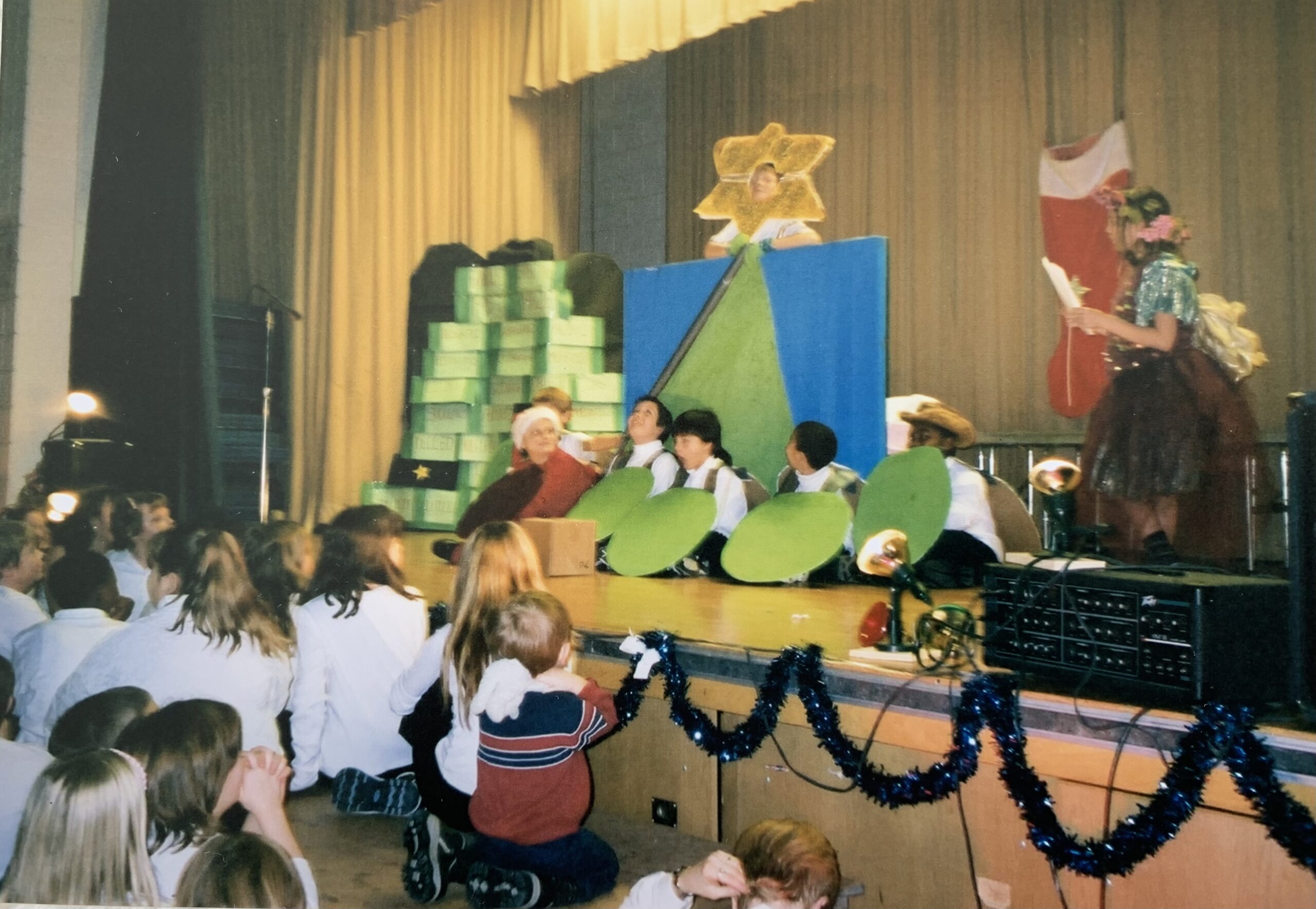The Little Dot
Little Dot floats high in the sky, dreaming of joining the festivities below. But a dot has no form, no dimension, so how can that be? Thanks to a magical fairy, Dot’s wishes are granted, and the reader is introduced to how shapes (lines, angles, triangles and rectangles) are formed. The power of friendship and teamwork are celebrated, as these dots and lines create a Christmas tree and participate in the festival of lights.
Available at:
Inspiration for the Story
When teaching grade four at Hillsdale Elementary School in Hamilton, in the early 2000s, the students acted out the story for our December holiday concert. It was a way to provide a story that was more inclusive of many cultures that celebrate the festival of lights, while still embracing the classic symbol of light, the Christmas tree.
In addition, it was during this time that literacy and curriculum integration was a primary focus for our school board. Math read-alouds were becoming popular, however, there weren’t many on the market.
The Little Dot became a story that integrated Math, Language Arts, Drama and Social Skills (teamwork).

Guide for Reading: PRC
Predictions, Reflections and Connections
Predictions
Predicting is an essential tool when developing as a strong reader. This story has been written to hook the young audience in engaging in predictable events.


Reflections
Reflecting throughout a book makes the story extra personal and come alive. It reflects a reader’s level of comprehension. A more thoughtful and complex reflection and connection reveal a higher understanding of the story. They also help reinforce one’s memory sequence which forms the basis of a retelling with more detail and reference to nuance. A simple and literal retelling reflects a more simplistic understanding.
Connections
Making connections facilitates a deeper understanding of a story through making inferences, noting details and relating them to prior information. It is seeing, linking, and articulating other topics and events to the story. The reader is applying this reading experience to other learned information. Often when making connections the reader will arrive at exciting new insights that extend beyond the literal story.




